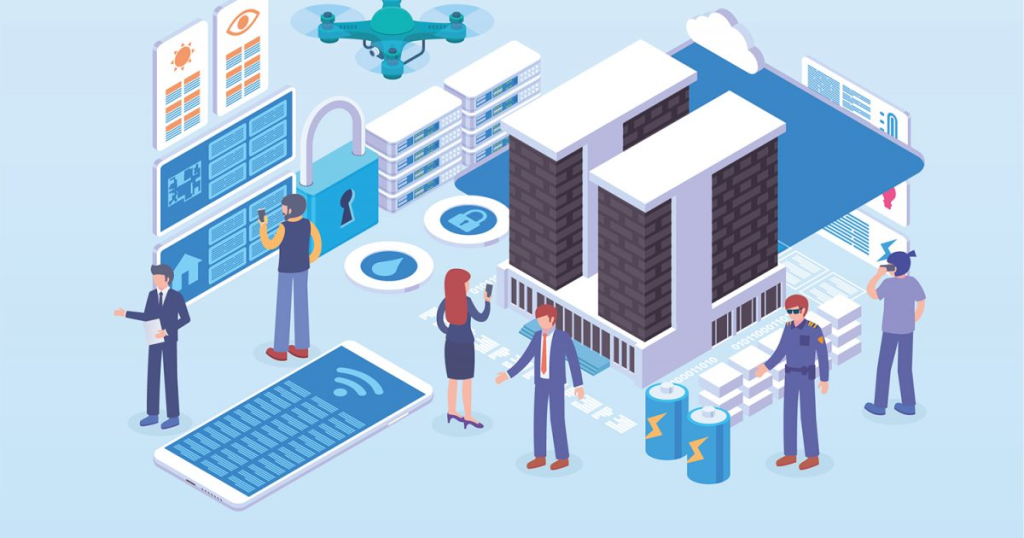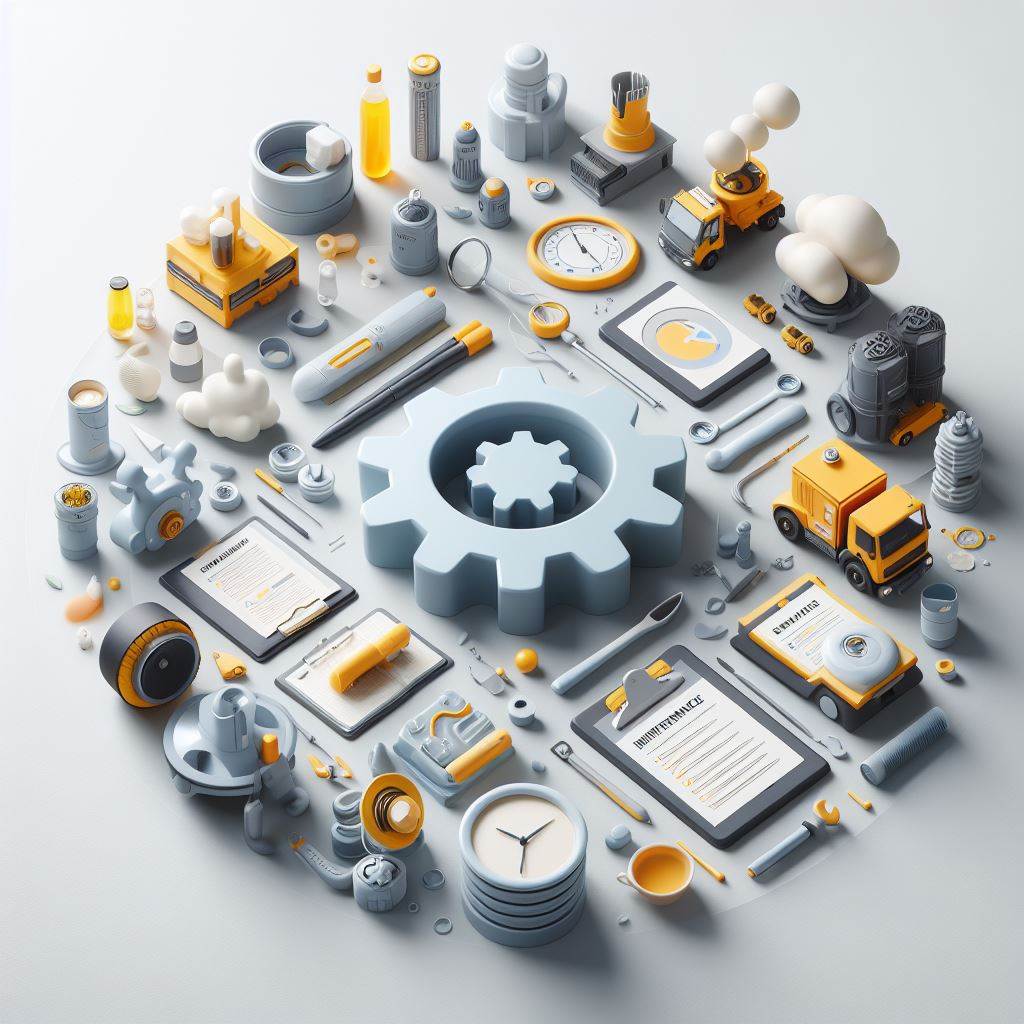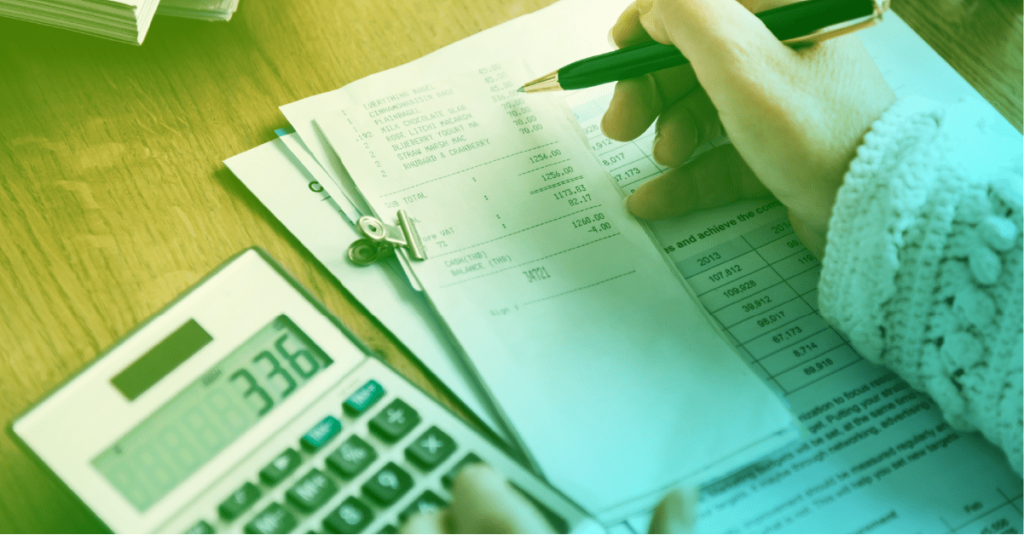|
Listen to the article
Getting your Trinity Audio player ready...
|
CMMS software in facility management
Facility management is a discipline that involves the management of physical spaces, people, and processes within a company. This task can be complex and requires a significant amount of effort and resources. Therefore, it is important to have tools that help facilitate this management. One of the most effective tools in facility management is a Computerized Maintenance Management System (CMMS). In this article, we will explore the uses, benefits, and advantages of using a CMMS in facility management.
What is a CMMS and How Does It Work?
A CMMS is a maintenance management system that helps companies manage and schedule the preventive and corrective maintenance of their physical assets. CMMSs have several functionalities, such as tracking maintenance activities, scheduling tasks, and managing work orders. Additionally, CMMSs can provide useful information for decision-making by generating reports on asset maintenance.

A CMMS operates through specialized software that handles data collection and information management. The software connects to a database that contains information about the company’s physical assets, such as machinery, buildings, and systems. Users can interact with the CMMS through a user interface, which allows them to schedule maintenance tasks, manage work orders, and generate reports.
What Are the Uses of a CMMS in Facility Management?
A CMMS can be used for a variety of tasks related to facility management. Some of the most common uses include:
Planning and Scheduling Preventive Maintenance: It can help companies plan and schedule preventive maintenance for their physical assets. This can help avoid costly downtime and improve efficiency.
Tracking Maintenance Activities: A CMMS allows users to track maintenance activities, such as repairs and parts replacements. This can help companies identify maintenance patterns and make informed decisions about future maintenance.
Managing Work Orders: CMMS software can help companies manage work orders related to the maintenance of physical assets. This can help ensure that work orders are completed in a timely and efficient manner.
Generating Reports: CMMS systems can generate useful reports for decision-making related to the maintenance of physical assets. These reports may include information on maintenance costs, downtime, and maintenance efficiency.
What Are the Benefits of Using a CMMS in Facility Management?
Using a CMMS in facility management can provide a range of benefits. Some of the most significant benefits include:
Improved Efficiency: A CMMS helps improve efficiency by enabling more effective planning and scheduling of preventive maintenance. This can reduce unplanned downtime and increase productivity
Cost Reduction: A CMMS is a tool that, together with data analysis, helps reduce maintenance costs by enabling more effective preventive maintenance planning and better management of maintenance-related work orders.
Extended Asset Lifespan: Through a CMMS, organizations have the capability to extend the lifespan of physical assets by enabling timely and effective preventive and corrective maintenance.
Improved Safety: Thanks to the various applications and capabilities of a CMMS, safety can be enhanced by allowing for more effective management of work orders related to the maintenance of physical assets. This can reduce the risk of accidents associated with maintenance activities.

What Are the Advantages of Using a CMMS in Facility Management?
Using a CMMS in facility management also offers several advantages. Some of these include:
Centralization of Information: One of the greatest potentials of a CMMS is that it allows for the centralization of information related to the company’s physical assets. This can facilitate access to information and improve decision-making.
Process Automation: A CMMS automates processes related to the maintenance of physical assets, such as work order management. This can reduce the workload of employees and improve efficiency in the distribution of technical workload, allowing teams to focus on what is urgent and important.
Integration with Other Systems: Thanks to APIs, a CMMS can integrate with other systems within the organization, such as inventory management systems and purchasing management systems. This can improve coordination, efficiency across the entire company, and the quality of information.
Enhanced Visibility: A CMMS provides greater visibility into the maintenance of the company’s physical assets. This can help managers and leaders make informed decisions about maintenance and resource allocation.
How to Choose a CMMS for Facility Management
When choosing a CMMS for facility management, it’s important to consider several factors:
Functionality: Look for a CMMS that has the necessary functionalities for facility management. This can include scheduling maintenance tasks, managing work orders, and generating comprehensive reports of procedures, photos, and recommendations for future tasks.
Ease of Use: The CMMS should be user-friendly and intuitive for the company’s employees, with a clean interface and no cluttered information. These characteristics can improve system adoption and reduce the need for extensive training.
Scalability: The system should be scalable to accommodate the future needs of the company, including the ability to add new physical assets and users.
How to Implement a CMMS in Facility Management
Implementing a CMMS in facility management can be a complex process that requires careful planning and close collaboration between IT and facility management departments. Some key steps in implementing a CMMS include:

Define Objectives: Before implementing a CMMS, it is important to define the specific objectives that you aim to achieve. These goals should align with the overall objectives of the company and be measurable.
Select the CMMS: Once the objectives are defined, it is crucial to select the right CMMS for the company. This may involve evaluating multiple systems and closely collaborating between IT and facility management departments.
Prepare the Data: Before implementing the CMMS, it’s important to prepare the data related to the company’s physical assets. This may include uploading inventory data, assets, and previous maintenance history with the goal of conducting bulk data uploads to the platform.
Configure the CMMS: After selecting the CMMS, it’s essential to configure it appropriately for the company’s needs. This can include defining the types of physical assets, customizing each maintenance program and procedure, creating work orders, and setting up maintenance tasks.
Train Users: Training is essential for users, including facility management and IT staff, supervisors, engineers, technicians, administrators, and others. Training should cover general system usage, creating and managing work orders, scheduling maintenance tasks, and generating reports.
Launch: Once configured and users are trained, it is important to launch the CMMS and ensure it is functioning correctly. This can involve conducting tests and addressing any initial issues.
How to Manage Maintenance Work in Facilities Through a CMMS
The most visible problem in organizations when managing facilities or facility management is the manual operation of maintenance. Typically, spreadsheets, handwritten forms, and emails are used, which can cause disorganization and failure in tracking the various tasks. Most importantly, there is no true control over the assets and sub-assets of the property. In the following table, you can see a comparison of the situation with and without a CMMS:
| Maintenance task | Procedure without CMMS | Procedure with CMMS |
|---|---|---|
| Elevator maintenance | Email or call the elevator maintenance company to schedule preventive maintenance. | Schedule preventive maintenance in the CMMS and assign the job to the elevator maintenance technician. The technician receives real-time notification through the CMMS and can update the status of the task and record maintenance details in the system. |
| Plumbing work | Call a plumber to repair a water leak. | Record a service order in the CMMS, describing the plumbing problem and assigning it to the available plumber in the CMMS technician list. |
| Electrical repairs | Call an electrician to fix an electrical problem. | Place a service order in the CMMS, describing the electrical problem and assigning it to the available electrician on the CMMS technician list. The technician receives a notification and can perform all work order management. |
| Windows | Hire a cleaning company to clean the windows on a regular basis. | Schedule glass cleaning in the CMMS and assign the job to the cleaning crew. The contractor is notified and can update the job status and record the cleaning details in the system. |
| Pest control | Call a pest control company for inspection and control measures if necessary. | Register a service order for pest inspection, assign the work to the pest control company. The team receives a notification and subsequently records all details of the inspection and control measures in the system. |
| Garden maintenance | Hire a landscaping company to maintain the garden on a regular basis. | Schedule garden maintenance in the CMMS and assign the work to the available garden crew. |
| Light bulb replacement | Replace bulbs when they burn out. | Record a service order ticket in the CMMS for the replacement of light bulbs, assign the work to the available electrical maintenance team. This provides inventory control and ensures real estate customer satisfaction. |
| Air conditioning maintenance | Schedule preventive maintenance of air conditioning equipment with a specialized company. | Schedule preventive maintenance in the CMMS and assign the work to the contracted air conditioning maintenance company. The company leaves all the information and maintenance report in the system and thus they have the history of the integral air conditioning. |
| Door and window repair | Call a carpenter or glazier to repair damaged doors or windows. | A service order is placed to the carpentry TEAM or contracted company, the work and costs of the repair service and replacement of elements are managed. |
| Roof inspection | Inspect roofs regularly for damage or leaks. | These are the most costly items of building maintenance, it is highly recommended to follow up through a CMMS to be clear about guarantees, waterproofing times, quality of work, selected contractor, among other factors. |
The implementation of a CMMS in facility management can be a complex process, but the benefits of a well-implemented system are numerous. From reducing maintenance costs and increasing the efficiency of property assets to improving safety and customer satisfaction, a CMMS can have a positive impact across the entire company. By selecting the right software, ensuring a successful implementation, and achieving effective adoption, companies can improve operational efficiency, reduce unplanned downtime, and lower maintenance costs. Additionally, a CMMS can help enhance the company’s sustainability by reducing waste, saving energy, cutting emissions, and conserving resources.
It’s important for companies to select a reliable and experienced CMMS software provider to ensure a successful implementation and effective adoption of the system. Moreover, strong leadership and support from top management, clear communication, and proper employee training are crucial.
In summary, a CMMS is a valuable tool for facility management that can improve efficiency, reduce maintenance costs, enhance safety and customer satisfaction, and boost the company’s sustainability. By selecting the right software and ensuring a successful implementation and effective adoption of the system, companies can fully leverage the benefits of a CMMS and significantly improve their operations.
We hope this article has been helpful. If you would like to learn more about CMMShere, contact us here: https://cmmshere.com/en/contact-us/, or leave your information in the chatbot on our site, and a representative from our company will get in touch with you as soon as possible.





1 Comment
Can I apply your CMMS to fully manage facilities in health?